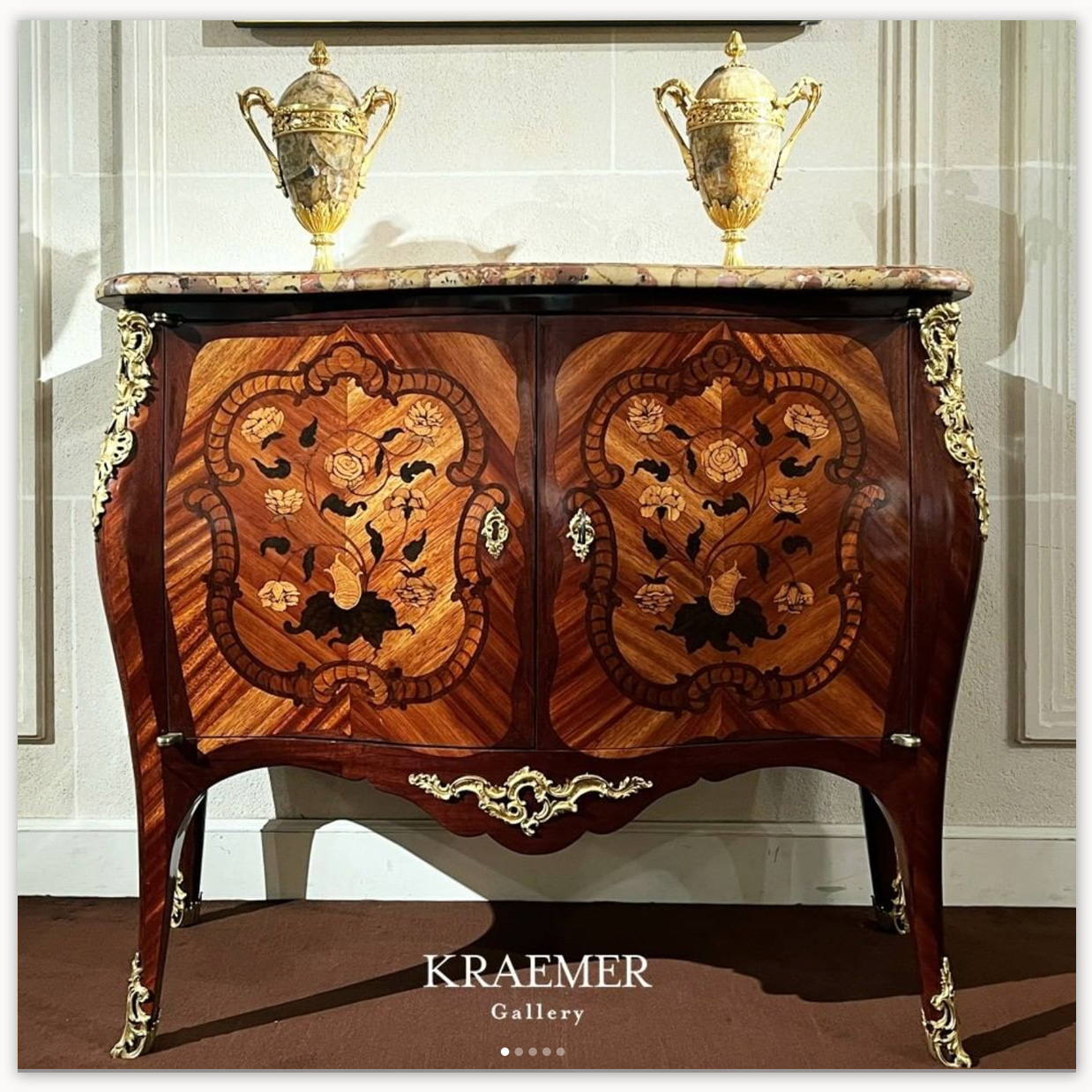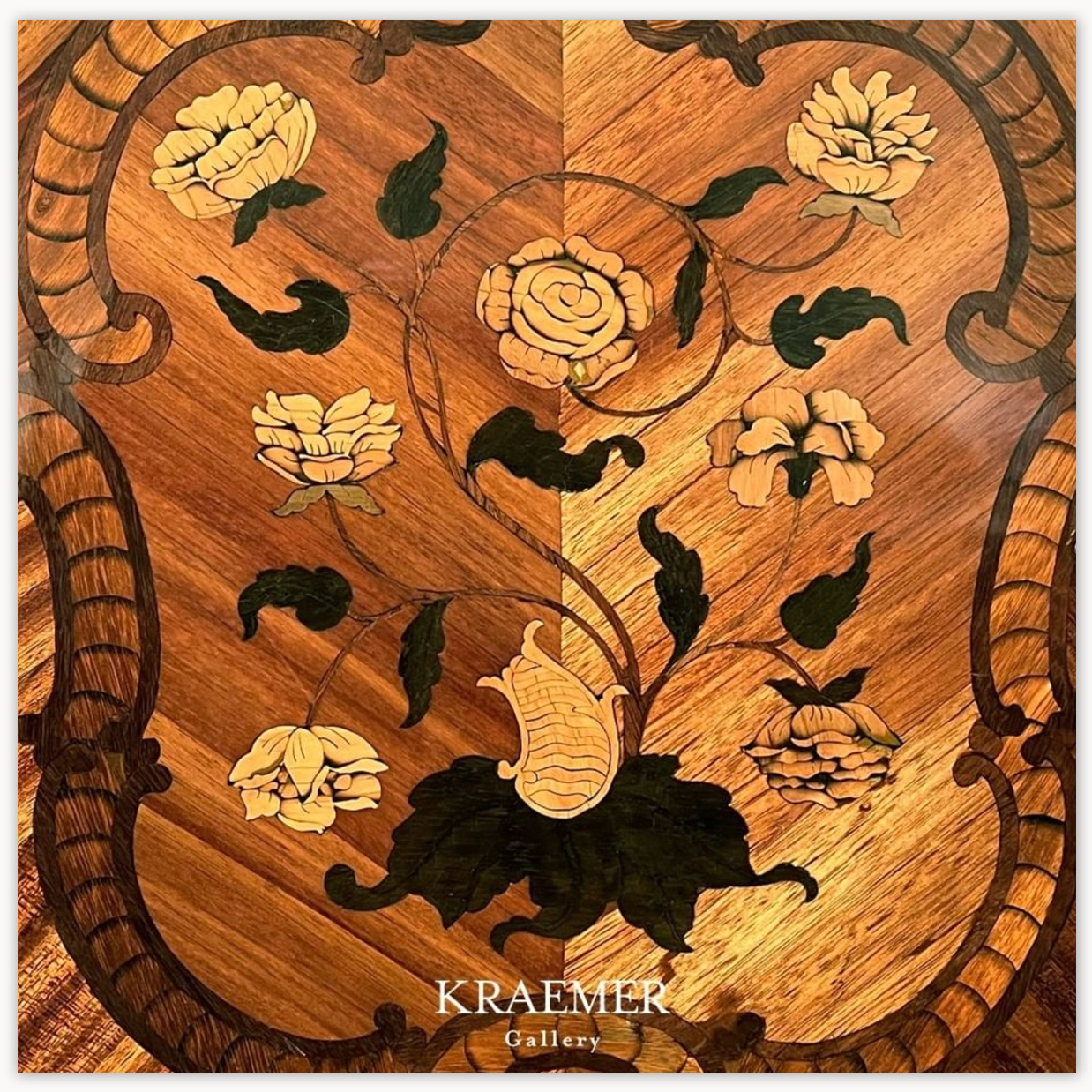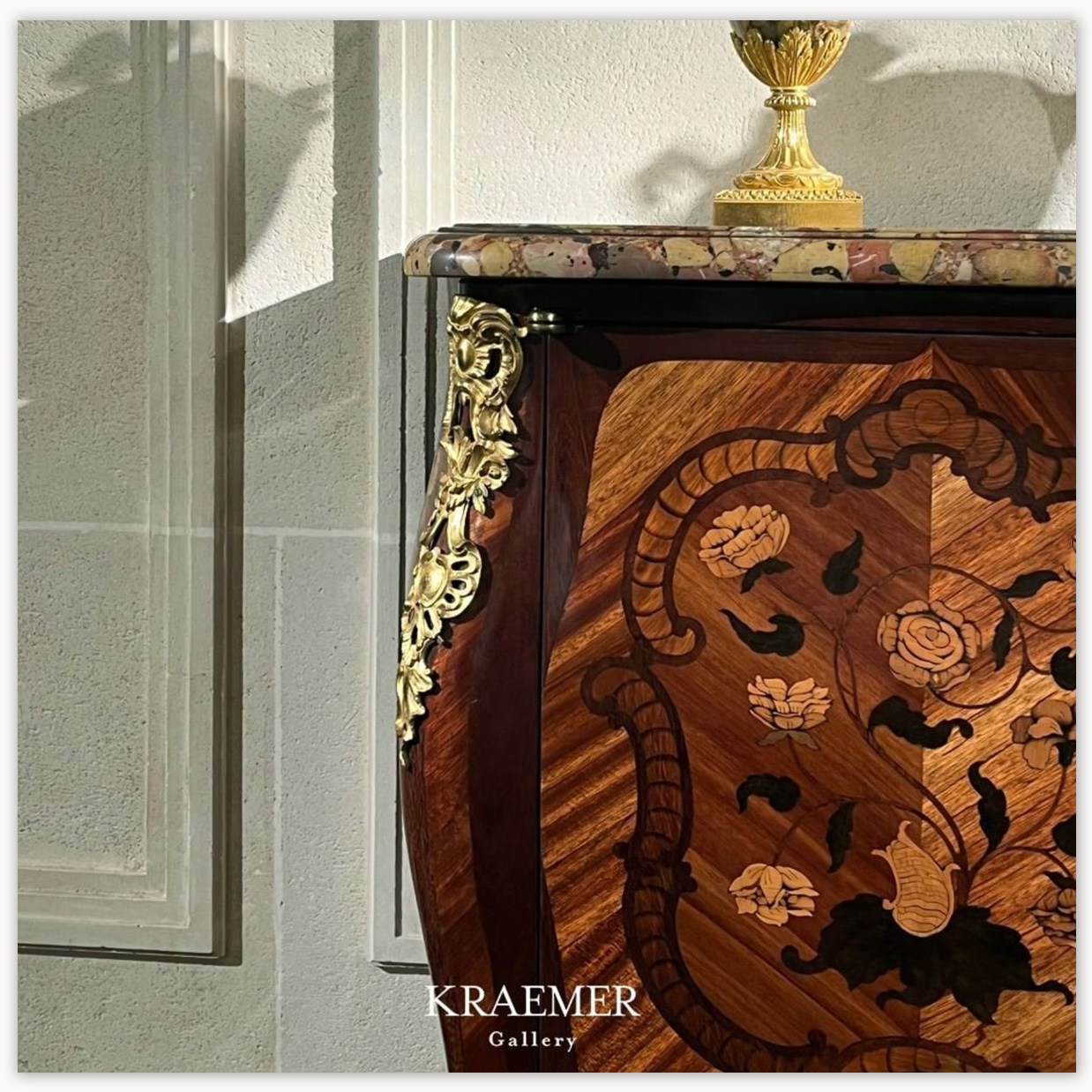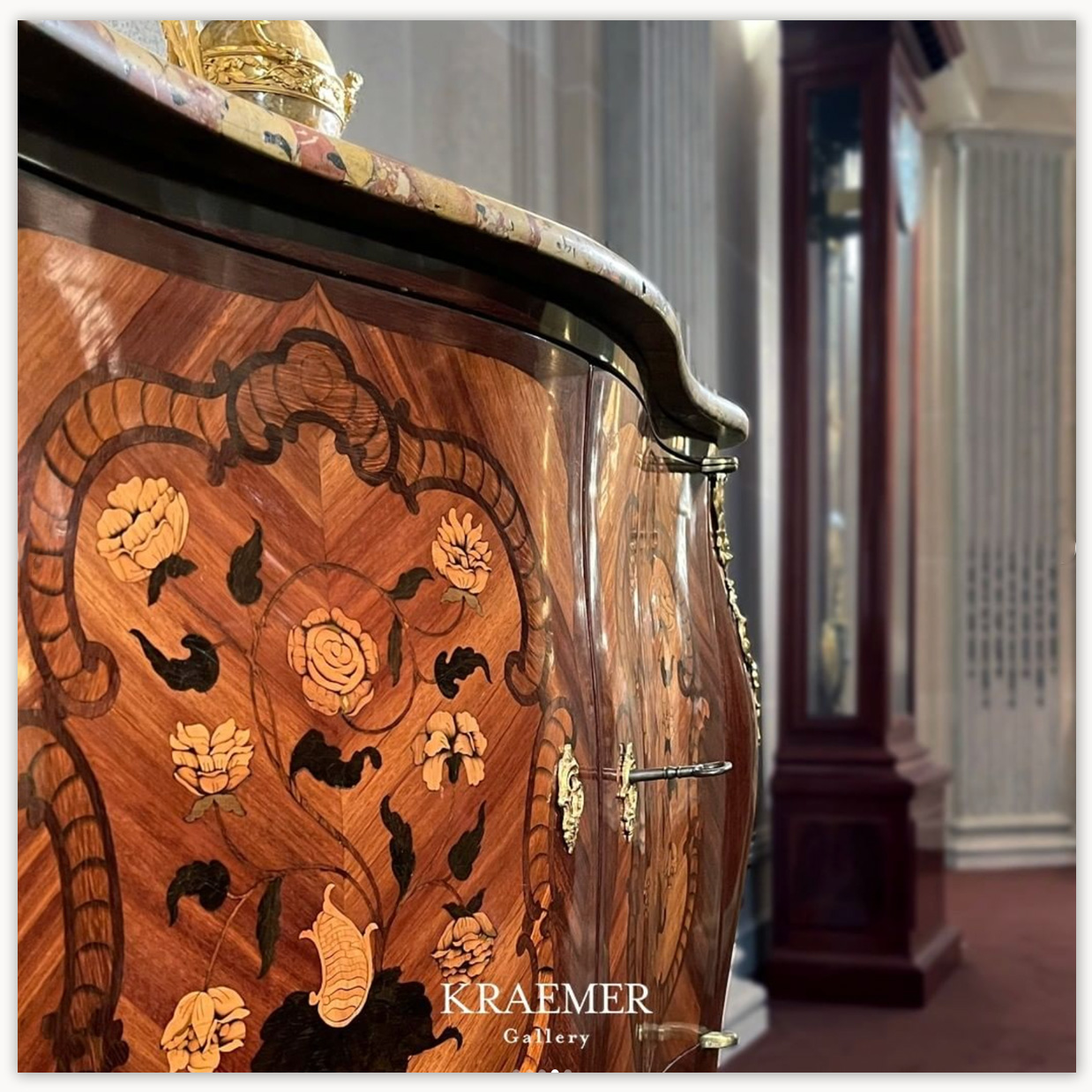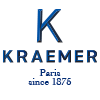BUSINESS AND EXPERTISE
The 18th century: The golden age of marquetry
Marquetry was originally created in Ancient Egypt. It was then taken up by the Italians and honed by French cabinetmakers like André-Charles Boulle. In 18th century France, the marquetry technique was used to produce numerous pieces of furniture.
A deep dive into the history of marquetry
Marquetry is an ornamentation technique that involves several superimposed layers of wood veneer or other materials. They are cut into rectangle or curved lines.
The first marquetry technique was born in Ancient Egypt. It used to be a wood inlaying technique called “tarsia certosina”. People would add bones, ivory, stone and glass paste to wood surfaces.
Circa 350 B.C, Italians learned this technique and gave it its current name. Through this process, cabinetmakers carved patterns out of wooden surfaces and placed them on a wooden panel that had previously been hollowed out.
The Italians became famous for their maquetry techniques. In the 14th century, after improving the inlaying technique, they invented the parquetry technique in Florence. It is called “tarsia geometrica” in Italian and relies on the wood’s natural properties – its colours, veins and reflections – to create artistic visual effects.
In the late 15th and early 16th centuries, the Italians developed a new marquetry technique called “end-grain mosaic marquetry”, also called “tarsia a toppo”. This new process was meant to help cabinetmakers work faster; it was used to create marquetry nets in advance. They were made in large amounts and were mixed into the lacquer to discreetly adorn pieces of furniture. Without this technique, marquetry work was far slower and a lot more tedious.
There are many different parquetry techniques. Among those most widely used in the 18th century were “X parquetry”, “butterfly parquetry”, and “cube parquetry”.
At the time, cabinetmakers became parquetry specialists. Their ability to highlight the beauty of the wood by assembling parquetry into a piece of furniture helped them build their reputation. Jean-François Oeben, Jean-François Leleu and Léonard Boudin are particularly famous for this.
When the French got wind of it…
Boulle marquetry is one of the most famous marquetry techniques.
Although it was named after a famous French cabinetmaker, this technique was not invented in France, but in Italy! It is called “tarsia a incastro”, which can be translated as “embedded marquetry”.
This new process involves several wood essences and thin metal plates that are simultaneously cut. The finished product enables you to create several pieces of furniture that are adorned with the same shapes, but inlaid with each other’s material.
What does all of this have to do with Boulle? André-Charles Boulle is the cabinetmaker who honed this craft to perfection. His outstanding skills led him to be commissioned by some of the most eminent personalities among French royals. He brought crucial innovations to the field and introduced tin, copper, and animal-based materials such as tortoiseshell.
In the middle of the 18th century, a new marquetry technique called “element by element” was invented in France. It consists in cutting pieces of wood one by one so they can be used to create ornamental patterns with a high degree of precision.
The last marquetry technique we would like to share with you relies on hard stone. This method uses coloured stones which are then polished and hewed to create an image, in the same way as wood marquetry, which remains more common. In the 17th century, craftsmen from Florence were highly skilled in the art of stone marquetry. The hard stone panels were used to create furniture that would be sold on the Parisian market.
In France, marquetry blossomed during times of economic prosperity, which helped promote its development at the beginning of the 17th century, under the reign of Louis XIV.
Louis XIV started a series of construction works to reclaim France’s position as a leader in the arts. The development of the East India Company introduced new exotic wood essences in Europe; cabinetmakers took advantage of their aesthetic potential.
The Louis XV style relied on rosewood, violet wood and amaranth to create subtly contrasting flowery patterns.
The Louis XVI style relied on mahogany, making the most of its flame-like natural patterns, which were self-sufficient.
Illustration: a beautiful chest of drawers, which is featured in our Gallery. It was signed before 1738 by master cabinetmaker Nicolas-Jean Marchand.
Between 1755 and 1756, Marchand made four little chests of drawers for King Louis XV and Queen Marie Leszczynska. They were intended to be displayed in the Château de Fontainebleau.

